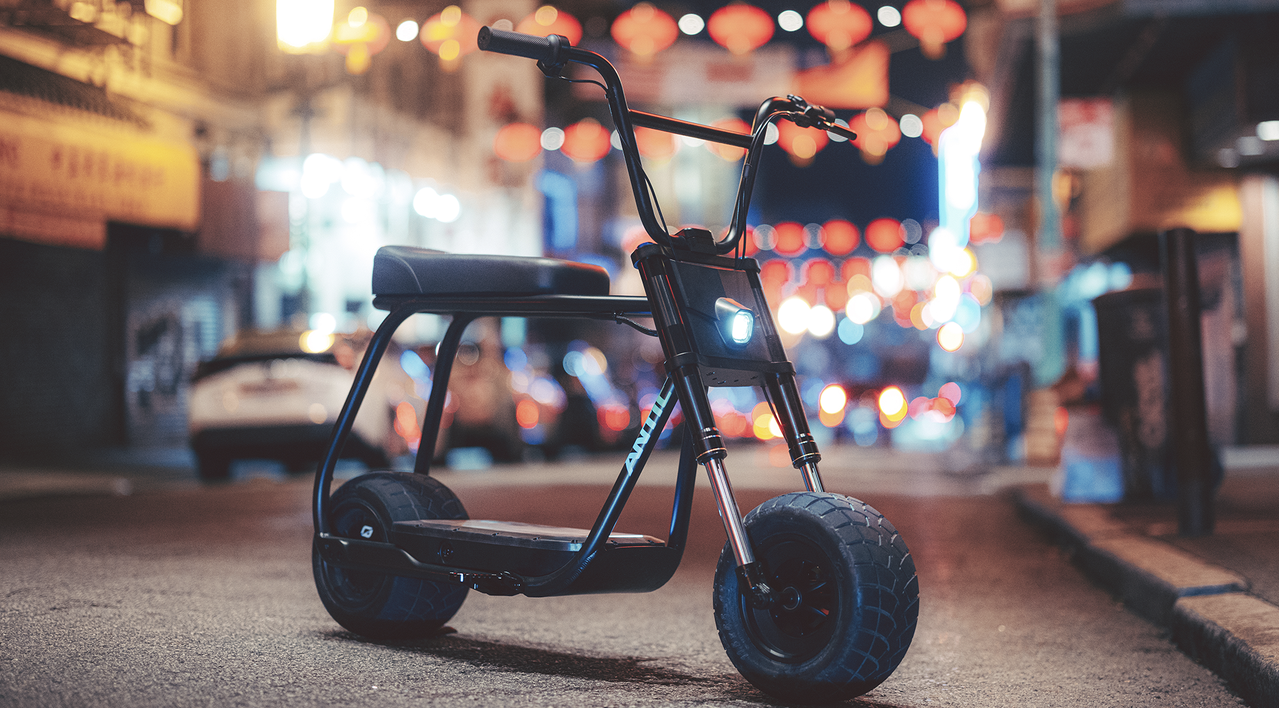What began as quirky “bubble cars” has evolved into a sophisticated category of compact electric vehicles designed for modern city life. The next few years will reveal whether they become a permanent fixture in cities or evolve into something even more compact and efficient.
Microcars are making a comeback. Once dismissed as oddities or “bubble cars,” these ultra-compact vehicles are re-emerging as a serious urban mobility solution, especially across Europe where congestion, parking scarcity, and rising fuel costs are forcing people to rethink how they move through cities.
From Bubble Cars to Modern Micro-EVs
The category’s roots go back to post-war Europe, when lightweight “bubble cars” like the BMW Isetta helped people get around affordably. Decades later, as electric powertrains matured and city emissions rules tightened, the same logic has returned, this time backed by batteries and smart tech.
Under EU regulations, microcars fall into two main categories:
- L6e: vehicles with an unladen weight under 350 kg
- L7e: vehicles weighing 350–450 kg, allowing for slightly higher performance and passenger capacity
Together, they define a class that sits between e-bikes and traditional passenger cars. Small enough to slip through traffic, yet comfortable and weather-protected enough for everyday use.
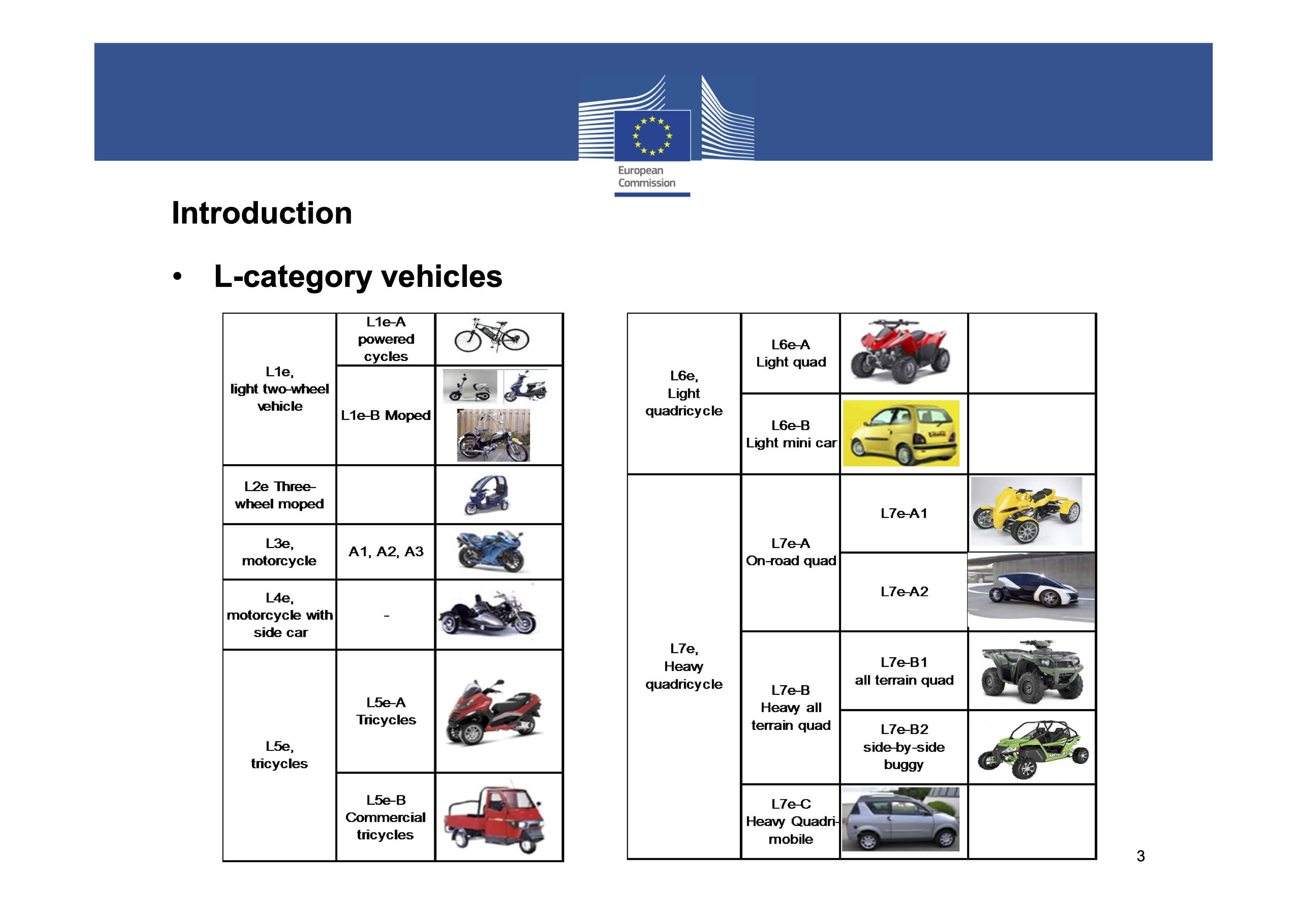
Why Microcars Matter
Microcars are not meant to replace bikes or e-scooters. They target a different audience: the urban single-occupant car driver. For many city trips, the average car carries one person in a vehicle that weighs more than 1.5 tons and occupies five square meters of space.
Microcars use about 50% less space, making parking and maneuvering much easier in dense city centers.
Two-wheelers will continue to thrive, but microcars fill an obvious gap between scooters and sedans. They offer the safety and comfort of a car while keeping the agility and low operating costs of a light vehicle.
The New Generation of Microcar Makers
A wave of startups and legacy automakers is betting on this form factor. Here’s who is shaping the category:
Microlino (Switzerland)
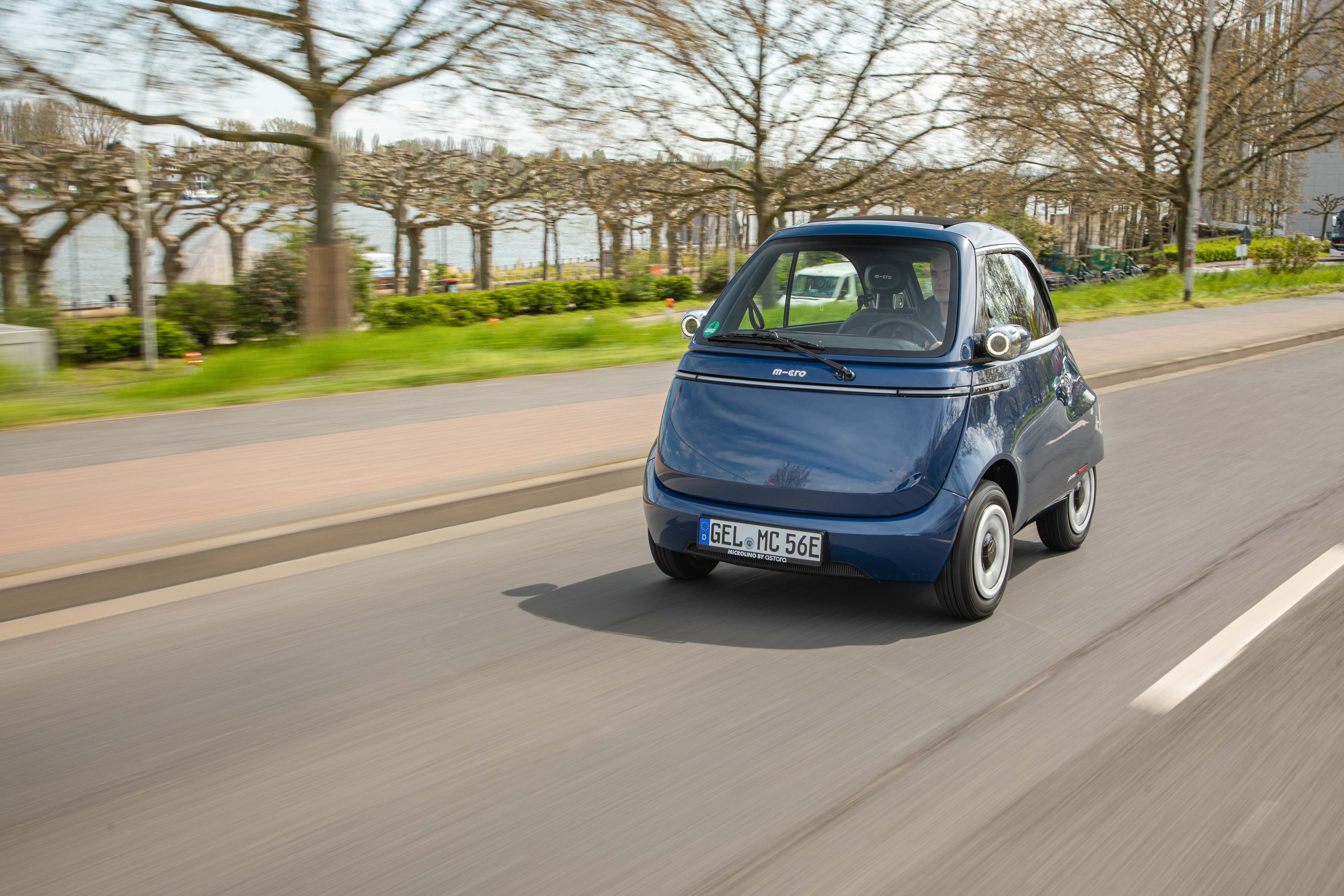
With its iconic front-opening door and retro styling, the electric Microlino pays homage to the 1950s bubble car while adding a modern EV twist. Nearly 4,800 units have been assembled in Italy, and the company has invested more than €75 million in development.
Citroën Ami (France)
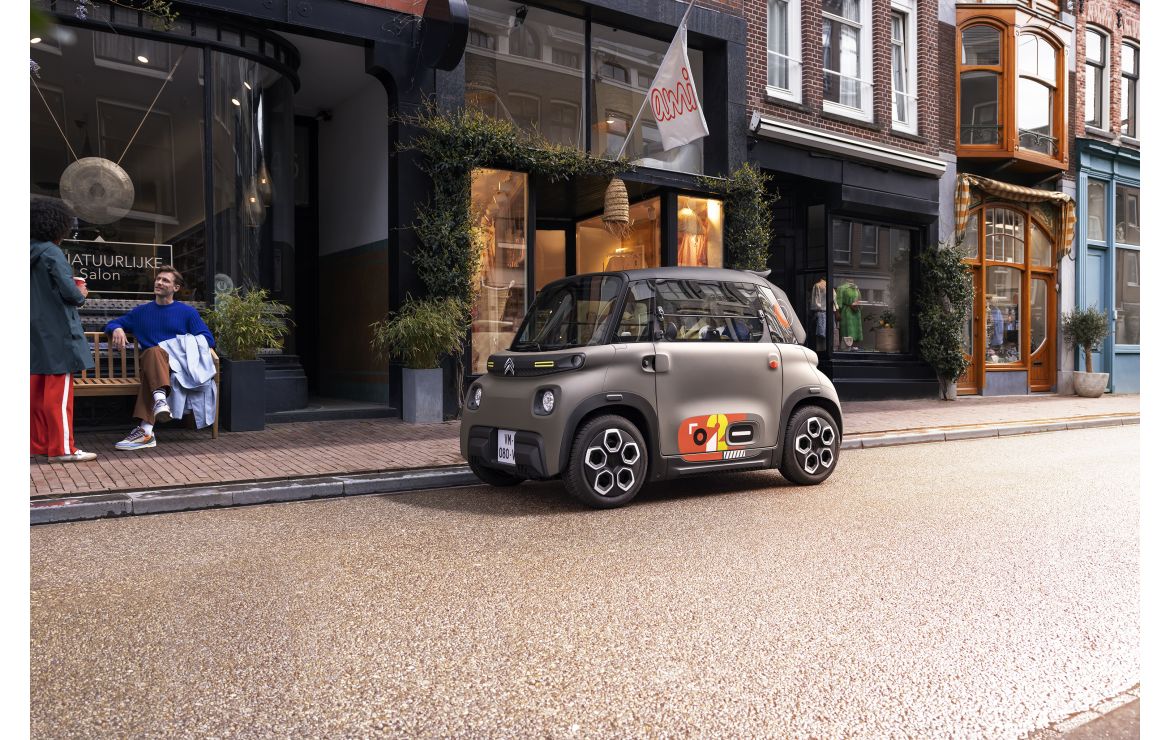
Few vehicles have captured urban attention like the Citroën Ami. Designed for short commutes and even available by subscription, the Ami has sold more than 75,000 units. Annual production is set to rise from 20,000 in 2024 to 50,000 per year.
Silence S04 (Spain)
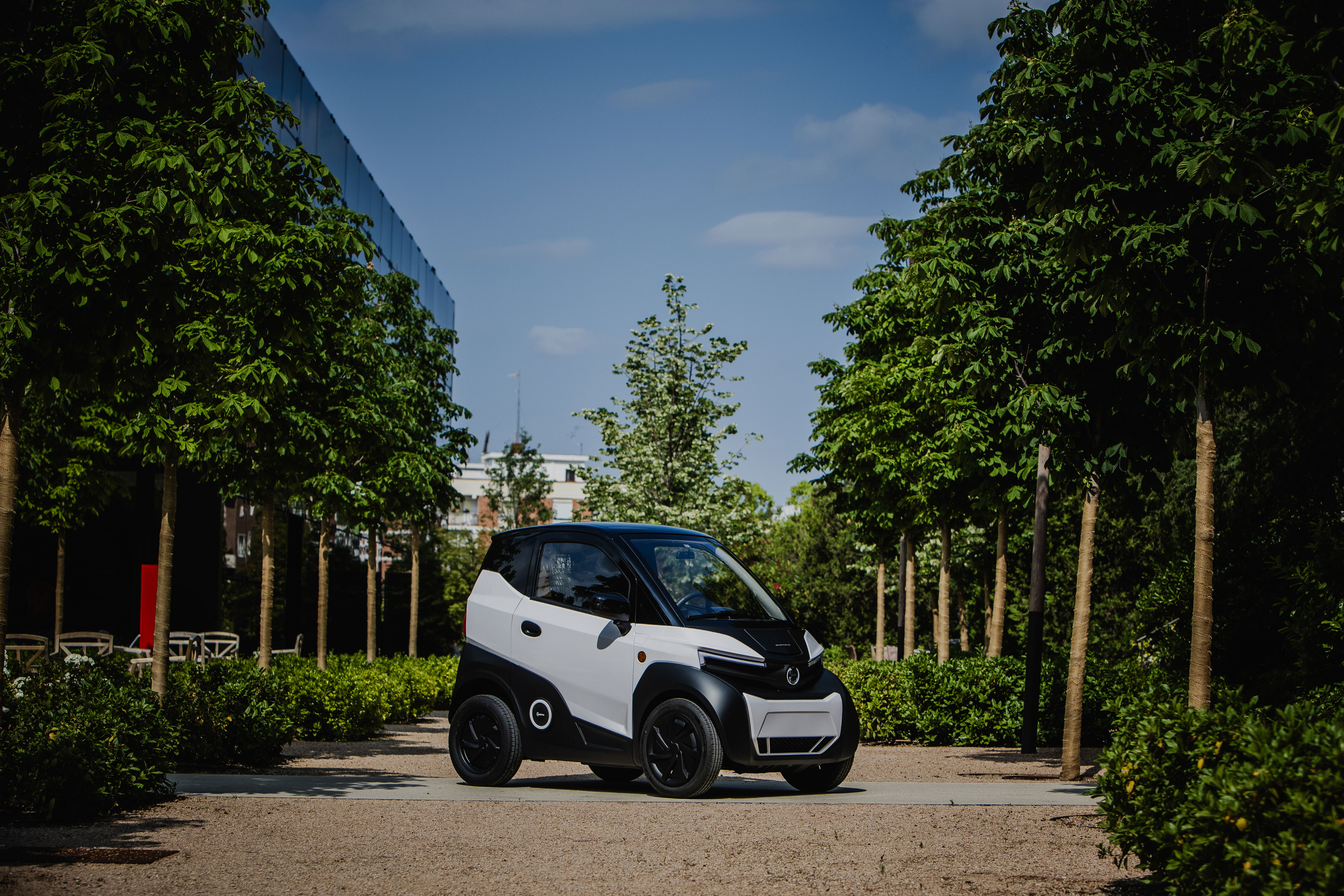
The Silence S04, owned by Acciona, focuses on practicality with removable scooter-style batteries and two-person seating. Built in Barcelona, it is now available in Germany, France, Italy, and other European markets. Nissan is the official distributor in Europe.
NIU NIUMM (China)
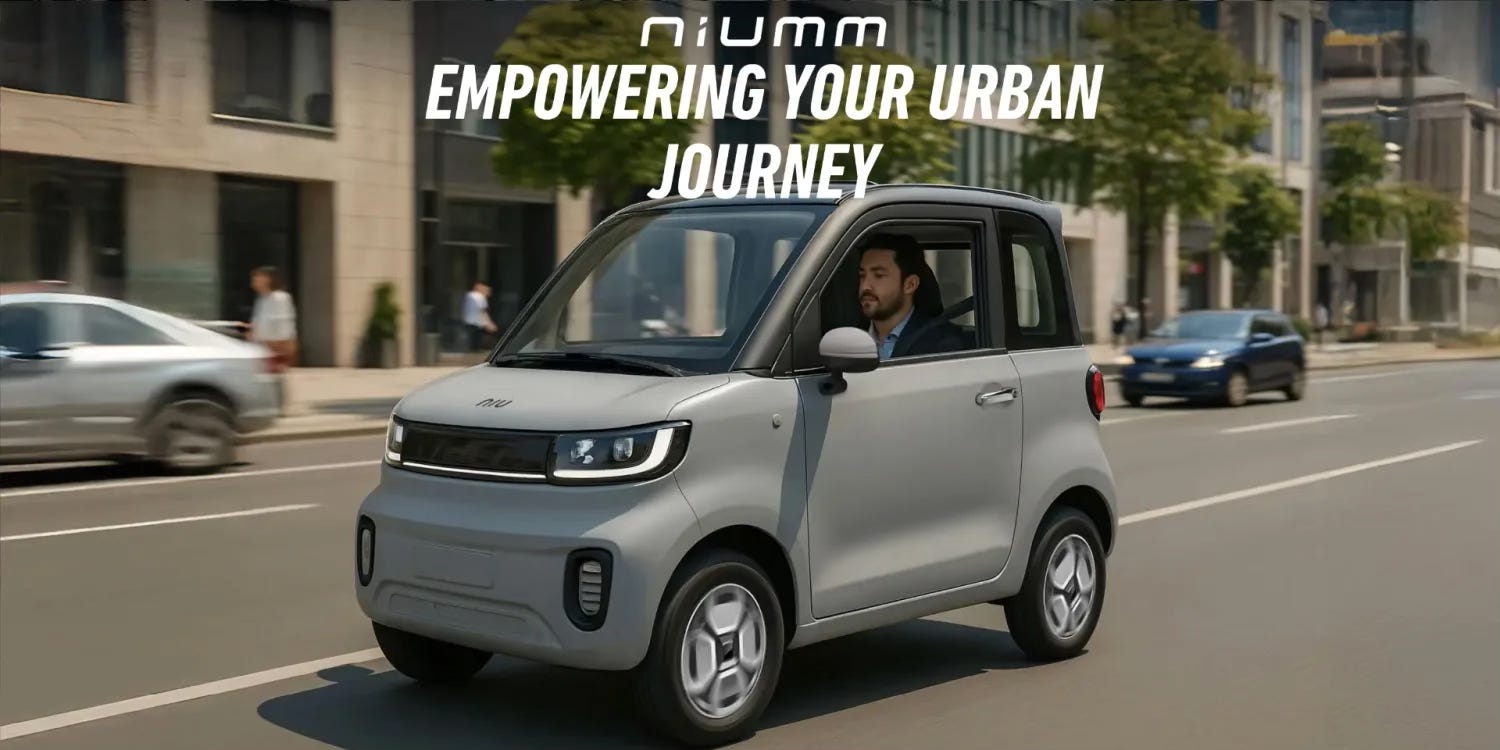
Known for its smart scooters, NIU is adapting its lightweight battery expertise to four wheels with the NIUMM electric microcar, which is entering production after completing certification in late 2025.
Eli Electric (USA)

The Eli Zero began production in 2021 as one of the few American-made microcars. Despite raising $6.5 million to date, the company has not yet started commercial deliveries.
Bajaj Qute (India)

The Bajaj Qute debuted in 2019 after several years of regulatory delays. Priced around $2,800–$3,500, it has found success mainly as a fleet and taxi vehicle rather than a private car.
Squad Mobility (Netherlands)
Founded by Robert Hoevers and Chris Klok, Squad Mobility is developing a solar-powered quadricycle that charges itself while parked. The company remains in pilot testing and is preparing for commercial production.
Toyota FT-Me (Europe)

Unveiled in March 2025, Toyota’s FT-Me concept introduces recycled materials, a solar roof adding up to 30 km of daily range, and a 90% lower carbon footprint than current city cars. Supported by £15 million in UK funding, Toyota aims for production by 2027.
Mayten (Belgium)
At Micromobility Europe 2024, Mayten (parent company of Micromobility Industries) announced plans to develop a premium microcar platform. “We’ve seen movement away from cars to bikes and scooters, but it’s not been a huge shift,” said Prabin Joel Jones, CEO of Mayten. “There’s still a need for a new form factor that fits in between.” The company aims to deliver a high-quality, driver-focused experience that bridges this gap.
Mitsubishi Minicab EV (Indonesia)
In December 2023, Mitsubishi Motors began producing its Minicab EV (L100 EV) in Indonesia, marking its first electric commercial vehicle manufactured outside Japan.
The Original Pioneers

Before the current wave of startups, two French manufacturers defined the European microcar market.
Aixam has produced more than 350,000 vehicles, with annual output above 16,000 units from its Auvergne-Rhône-Alpes facilities.
Ligier Group, originally a motorsport brand, entered the microcar market in the 1980s and strengthened its position by acquiring Microcar in 2008. Today, Ligier builds around 15,000–16,000 vehicles a year, offering both license-free and L7e models across Europe.

Challenges on the Road Ahead
Despite the momentum, Europe’s policy landscape has not caught up. Microlino has publicly criticized the lack of subsidies, tax breaks, or CO₂ credits for its category while still facing import duties. The company has even considered moving production to China to find more supportive conditions.
To survive and scale, many microcar manufacturers are forming partnerships with established OEMs, city governments, and energy providers to speed up development and deployment across Europe.
What’s Next: The Enclosed Scooter Era
Innovation in small vehicles continues to evolve. A new generation of enclosed two- and three-wheeled electric scooters is emerging, offering protection from the elements with even lower weight and cost. These vehicles could become a natural extension of the microcar category.
Xyte Mobility, founded by Dr. Wolfgang Ziebart, unveiled its three-wheeled electric scooter in September 2025, showing that new ideas in micromobility still have plenty of room to grow.
(Watch Dr. Ziebart discuss the launch on the MMI Podcast).
The Bottom Line
What started as quirky “bubble cars” has evolved into a serious category of compact electric vehicles designed for city life. The next few years will reveal whether microcars become a lasting fixture of urban mobility or evolve into something even smaller and smarter.

.svg)
%2Bcopy.jpeg)

.svg)








